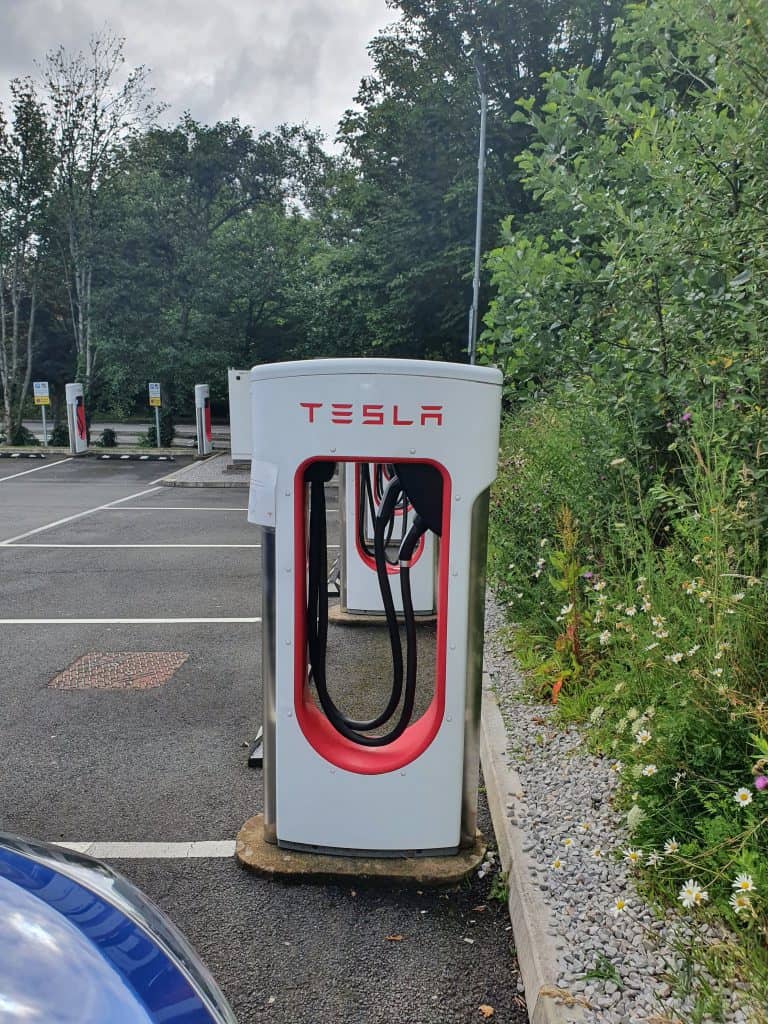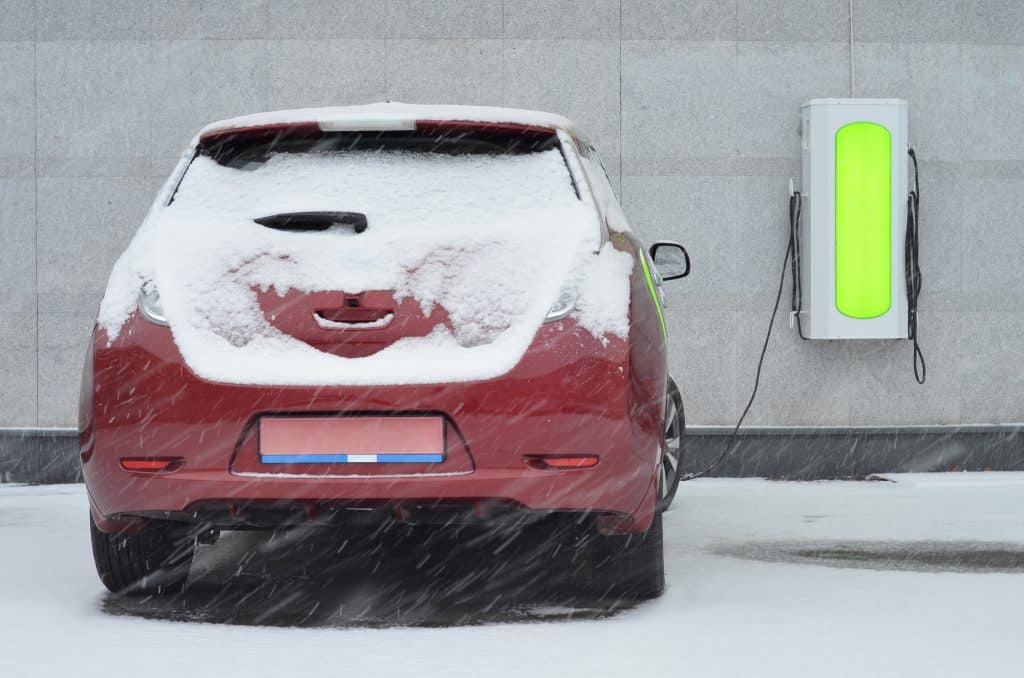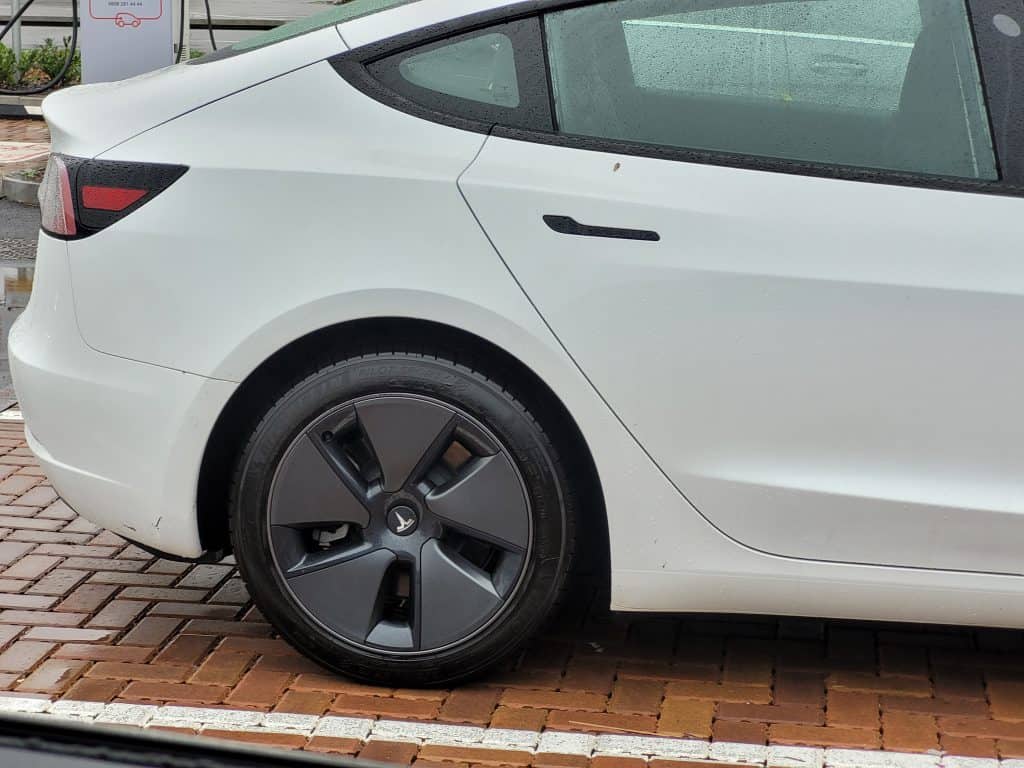After multiple generations of driving cars powered by internal combustion engines, we’ve finally reached a time when a rapidly growing number of people are embracing a brand-new powertrain, namely the electric vehicle with a lithium-ion battery.
These new vehicles are changing our societies in so many ways, from lower emissions levels to less noise from traffic, and even changing the dynamic of how we “fuel” our cars. With EVs, we have the option to charge in public charging stations when we’re out and about, or to plug them in at home overnight and bypass the charging stations altogether.
The Charging “Pop”
Tesla owners — among other EV owners, in fact — have noticed a strange phenomenon occurring while they charge their Teslas up, and that’s a popping sound that emerges after plugging in and starting the charging process. It’s most noticeable, apparently, when the weather is colder outside.
What is this popping sound? Why is it happening? Is it something that I should be worried about? Is something wrong with my Tesla? These are the core questions that will make up today’s blog.
What is that “Popping” Sound I Hear When Charging My Tesla?

First and foremost, let us reassure you that the noise you are hearing is a perfectly ordinary sound coming from your Tesla. The characteristic “pop” is a result of the heating up of the batteries causing rapid expansion.
You might have noticed the popping sound more immediately and and more noticeably when using a Tesla Supercharger, right? That’s because the Supercharger offers a more powerful DC current that heats up your battery more than, say, the Tesla wallbox charger might do in your home.
Let’s look a bit more closely at why exactly it’s happening.
Why is this Popping Sound Happening?
The popping is the sound of your Tesla battery expanding as it heats up during the charging process. Heat causes expansion, and the charging process — especially with a Supercharger — generates instant heat within the battery.
That’s just what happens. The heating up is caused by internal resistance that occurs as the battery is charging. The more resistance there is, the more heat is generated.
If you’re still using a standard level 1 charger (120V) at home, then you might not have noticed the popping before because these chargers only add about 5 miles of range per hour of charging.
In modern EV charging terms, it’s a trickle charge, which is healthy for the battery in many ways, especially on older EVs, but it’s not very practical when you’re trying to get from 20 percent up to 85 or 90 percent in a small part of the afternoon!
In fact, the popping should still occur with a level 1 charger, but it’s not going to be as pronounced or instant as it is with a Supercharger. You might have heard it before when using your upgraded level 2 chargers (240V) that can add up to 40 miles of range each hour.
There’s more juice going in and so there’s more resistance and more heat. Then again, it might not happen straight away, and may only occur when you’ve walked away from the car. It’s for this reason most people report it happening only when they’re using Tesla Superchargers.
Cold Weather and Battery Popping

One other reason you hear this more often from Supercharging Teslas is that the air temperature has a lot of relevance to how the popping appears. When the weather is cold and temperatures low, the temperature difference between the battery pack and the surrounding air makes the popping sound far more pronounced.
In fact, if you’re charging your car on a very hot day, it’s possible that the pops won’t be heard since the difference between the battery and surrounding temperature is greatly reduced.
Does This Affect All Tesla Models?
Yes, it does. This isn’t exactly what you’d call a design flaw on the part of Tesla or other EV makers. It’s a natural result of the laws of physics and chemistry that govern the batteries that power your Tesla.
Therefore, you should expect to hear it on any Tesla model, and in fact most EVs when plugging into the DC fast charging option in cooler weather. Drivers of the Volkswagen ID.4, for instance, have noticed the same thing.
Should I Be Worried?
In short, no. The popping sound isn’t any indication that parts are malfunctioning or that anything is becoming damaged, cracked or otherwise damaged. It’s understandable that these noises cause concern.
After so many years of using ICE cars, and being told that clicking, popping, grinding, scraping and any other unexpected sounds are signs of trouble, it’s no wonder we double take and get nervous when we hear popping every time we plug in our Tesla to charge up.
Just remember, the popping noise is just the batteries heating up and expanding quickly. Absolutely no damage is being done to your Tesla while those sounds are being made, and the battery is behaving exactly as it should.
What Else Makes the Battery Hot?
As you may already know, it’s not just the charging process that causes your Tesla battery to heat up. Having said that, charging (and especially Supercharging) is the time your battery will heat up the most, and heat up fastest. At least two other main factors will bring added heat to your battery. Depending on the conditions, you might hear the battery pop during these times as well:
While Driving
It should come as no surprise that your Tesla battery will heat up while you’re out on the road. If you’re generally a pretty chilled-out driver who only uses the car on city streets or suburban roads where speed limits are under 40-mph, then you might not have detected much heat being generated in the battery when you’re driving here and there. It’s a different story for highway users and more aggressive drivers, however.
If you like to push your Tesla to its limits to see what it can do, including harsh acceleration and braking patterns, traveling at higher speeds, frequently using the highways and whatnot, then you can fully expect your battery to get hot as a matter of course.
You might also have noticed popping from the battery while doing so. Although, if like many you’re using your stereo to listen to your favorite music, then the noise would be drowned out anyway.
While Parked and Using Climate Controls

Heat is generated in the battery while you’re parked up and using the car’s climate control features. It’s certainly never as much heat as when driving aggressively or when charging the Tesla, but there is heat generated nonetheless.
It’s not yet been reported that battery popping has been heard during this situation, however, but the science says that it’s possible depending on how long you’re running those systems and how hard the battery has to work.
Conclusion: Let it Pop
The only popping noises you should worry about with your Tesla are ones that occur when the car isn’t doing one of the 3 things we’ve described in today’s blog. If it’s not charging, not using climate controls, and not being driven particularly fast or aggressively, but you’re hearing popping sounds, then it’s likely not the battery, and could be something else.
To date, however, all popping sounds can be explained by the excess battery heat causing the unit to expand.
Therefore, this is just yet another novel noise from an EV that’s nothing to worry about, but rather just something to get used to for the time being. Who knows what the future holds? Perhaps battery engineering will evolve to the point where it no longer happens. It’s understandable that Tesla owners don’t particularly enjoy the fact that their car sounds like a bowl of Rice Krispies every time they plug in to a Supercharger.